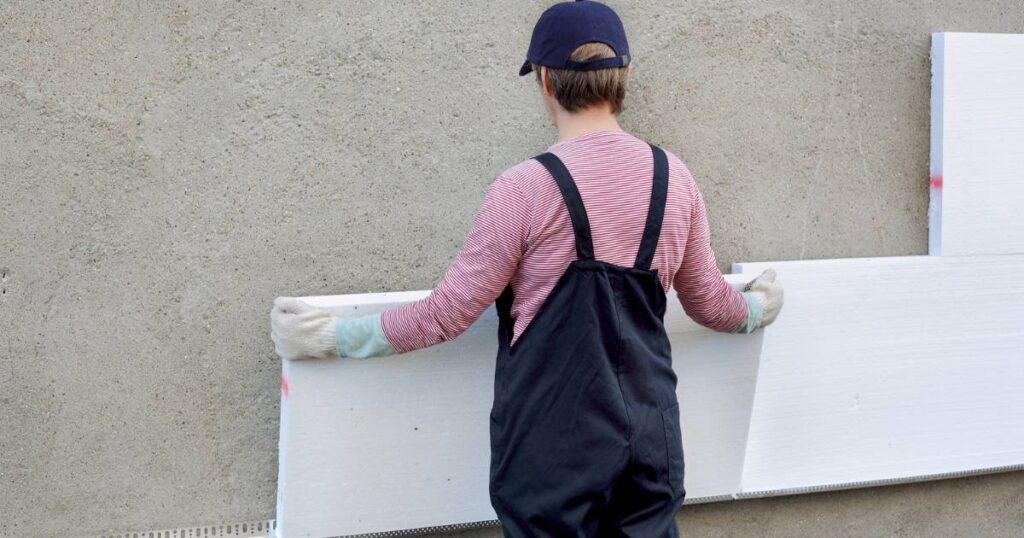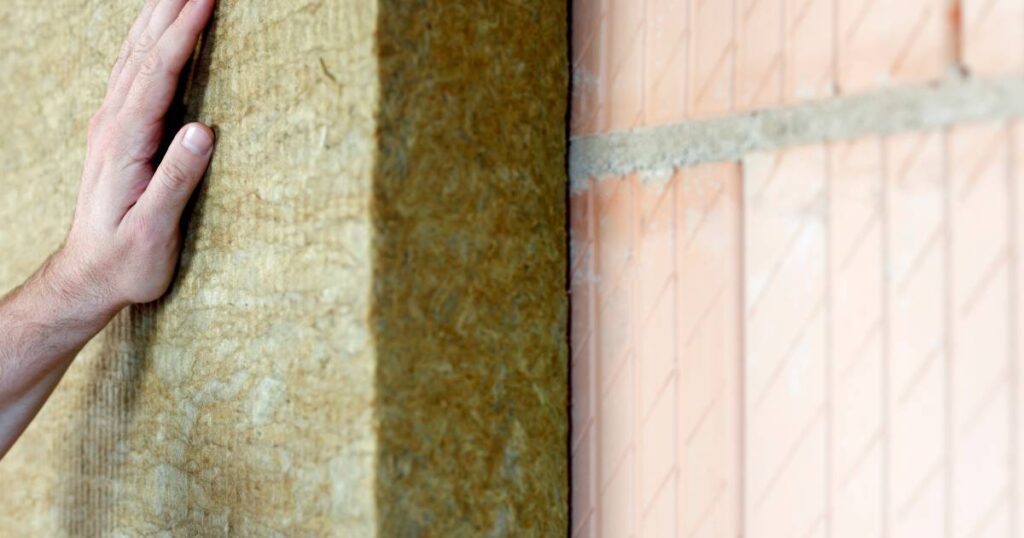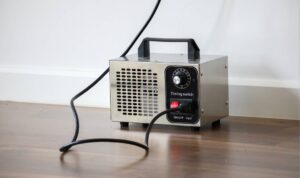In today’s era of environmental consciousness and rising energy costs, optimizing energy efficiency in commercial buildings is crucial. One highly effective approach is upgrading insulation systems.
Insulation plays a vital role in reducing heat transfer, minimizing energy loss, and creating a comfortable indoor environment. We will explore ten key ways to maximize energy savings through insulation upgrades in commercial buildings, helping businesses lower operational costs, minimize environmental impact, and enhance overall sustainability.
Assessing Current Insulation Performance
Assessing the current insulation performance is the first step towards maximizing energy savings. Conduct a thorough energy audit or consult with an insulation professional to identify areas where the existing insulation may be inadequate or damaged. By identifying these weak points, you can focus on targeted insulation upgrades that will yield the greatest energy-saving benefit (As with gate repair, it is important to choose the right material and the right installer).

Choosing the Right Insulation Material
Selecting the appropriate insulation material is essential for achieving optimal energy efficiency. Consider factors such as thermal resistance (R-value), moisture resistance, fire safety, and environmental impact. Options like spray foam insulation, rigid foam boards, or mineral wool provide excellent insulation properties and can be tailored to specific building requirements, ensuring long-term energy savings.
Commercial building insulation
Roof insulation is a critical element in minimizing heat gain and loss. Upgrade your commercial building’s roof insulation to reduce the transfer of heat through the building envelope. Installing materials like reflective roof coatings, rigid foam insulation, or spray foam insulation can significantly improve energy efficiency by preventing thermal bridging and reducing air leakage.

Enhancing Wall Insulation
Retrofitting exterior wallswith insulation can minimize heat transfer and prevent air infiltration. Consider options like cavity wall insulation, exterior insulation and finish systems (EIFS), or spray foam insulation, depending on the building’s construction and insulation needs.
Addressing Window and Door Insulation
Windows and doors are common sources of energy loss in commercial buildings. Upgrading to energy-efficient windows and doors with proper insulation features, such as double or triple glazing and weatherstripping, can significantly reduce heat transfer and air leakage, contributing to substantial energy savings over time.
Insulation upgrades for commercial properties
Insulating HVAC Systems
Insulating HVAC (Heating, Ventilation, and Air Conditioning) systems is a crucial step in maximizing energy savings. Properly insulating ductwork, pipes, and HVAC equipment can prevent energy loss due to heat transfer, ensuring that conditioned air reaches its intended destination efficiently. By reducing energy waste, you can lower heating and cooling costs while maintaining comfortable indoor temperatures.
Sealing Air Leaks
Air leaks can undermine the effectiveness of insulation and lead to energy waste. Inspect the commercial building for gaps, cracks, or openings that allow air infiltration. Seal these air leaks with caulk, weatherstripping, or spray foam insulation to create a tighter building envelope, thus improving energy efficiency and reducing the workload on HVAC systems.

Insulating Floors and Basements
Often overlooked, insulating floors and basements can yield significant energy savings. Insulating below-grade areas can help regulate indoor temperatures and minimize heat loss through the foundation. Consider insulating crawl spaces, basement walls, and floors using appropriate insulation materials like rigid foam boards or spray foam insulation to maximize energy efficiency.
Thermal insulation for commercial structures
Implementing Thermal Barrier Strategies
Incorporating thermal barrier strategies can enhance insulation performance. Use materials like radiant barriers, which reflect heat away from the building, or thermal curtains and blinds to reduce heat gain during warmer months. These additional measures work in conjunction with insulation upgrades to create a more efficient thermal envelope, maximizing energy savings.
Monitoring and Maintenance
Once insulation upgrades are in place, regular monitoring and maintenance are essential to ensure long-term energy savings. Conduct periodic inspections to check for any signs of damage or degradation in the insulation system. Promptly address any issues, such as moisture infiltration or insulation settling, to maintain optimal performance and prevent energy loss.
Maximizing energy savings in commercial buildings
through insulation upgrades is a wise investment that yields numerous benefits. By assessing insulation performance, choosing the right materials, upgrading roof and wall insulation, addressing windows and doors, insulating HVAC systems, sealing air leaks, and implementing thermal barrier strategies, businesses can significantly reduce energy consumption and lower operational costs. It is crucial to prioritize regular monitoring and maintenance to sustain the efficiency of the insulation system. Embracing these strategies will not only contribute to a more sustainable future but also create a comfortable and energy-efficient environment for occupants and employees.



